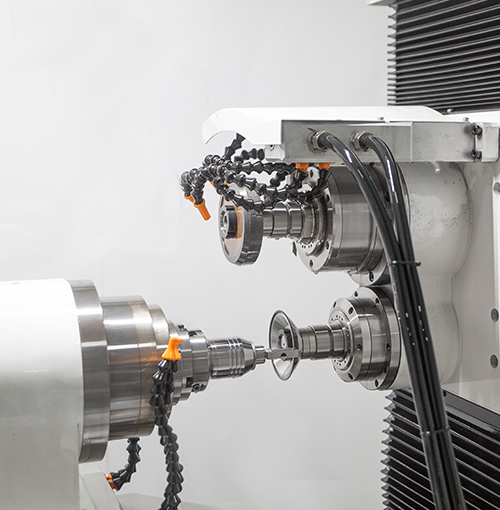Industry knowledge
What are the latest advancements in tooling system technology, and how are they impacting manufacturing processes?
There have been several advancements in tooling system technology in recent years that have had a significant impact on manufacturing processes. One major trend is the increasing use of digital technology and automation in tooling systems. This includes the development of smart tools that can communicate with other machines and systems in a production line, as well as the use of sensors and data analytics to monitor tool performance and detect potential problems before they occur.
Another important advancement in tooling system technology is the use of advanced materials and coatings to improve durability and performance. For example, diamond-like carbon coatings can be applied to cutting tools to increase their lifespan and reduce friction, while composite materials are being used to develop lightweight, high-strength tools for aerospace and other high-performance applications.
Additionally, there has been a growing focus on developing tooling systems that are more flexible and adaptable to changing production requirements. This includes modular tooling systems that can be quickly reconfigured to accommodate different workpieces and production runs, as well as the use of additive manufacturing techniques to produce customized tooling components on demand.
What are the safety considerations that must be taken into account when working with tooling systems?
Personal Protective Equipment (PPE): Workers should always wear the appropriate PPE when working with tooling systems, including safety glasses, ear protection, gloves, and steel-toed boots.
Machine Guards: Tooling systems should be equipped with appropriate guards and barriers to prevent workers from coming into contact with moving parts or sharp edges.
Training and Supervision: Workers should receive comprehensive training in the safe use of tooling systems, and should always be supervised when operating the equipment.
Lockout/Tagout Procedures: Lockout/tagout procedures should be followed when servicing or repairing tooling systems, to ensure that the equipment is properly shut off and cannot be accidentally turned on.
Tool Inspection and Maintenance: Regular inspections and maintenance of tooling systems are essential to ensure that they are operating safely and effectively. Any damaged or worn components should be immediately repaired or replaced.
Ergonomics: Tooling systems should be designed with ergonomics in mind to reduce the risk of repetitive stress injuries or other musculoskeletal disorders.
Hazard Communication: Workers should be informed of any potential hazards associated with the use of tooling systems, and appropriate warning signs and labels should be used to identify potential hazards.
How do tooling systems differ across different industries and applications, and what factors contribute to these differences?
Material Properties: Different materials have different properties, such as hardness, ductility, and abrasiveness, which can impact the selection of cutting tools, the type of coolant used, and the speed and feed rates used in machining operations.
Part Complexity: The complexity of the parts being manufactured can also impact the type of tooling system used. For example, multi-axis machining centers may be required for parts with complex geometries or tight tolerances.
Production Volume and Cycle Time: The desired production volume and cycle time can also influence the selection of tooling systems. High-volume production may require automated tool changers or dedicated tooling, while low-volume production may benefit from more flexible tooling systems.
Environmental Considerations: Environmental factors such as temperature, humidity, and cleanliness may also impact the selection of tooling systems. For example, in clean room environments, tooling systems must be designed to minimize particle generation and contamination.
Industry Standards and Regulations: Different industries may have specific standards and regulations related to tooling systems, such as safety requirements or material specifications.
